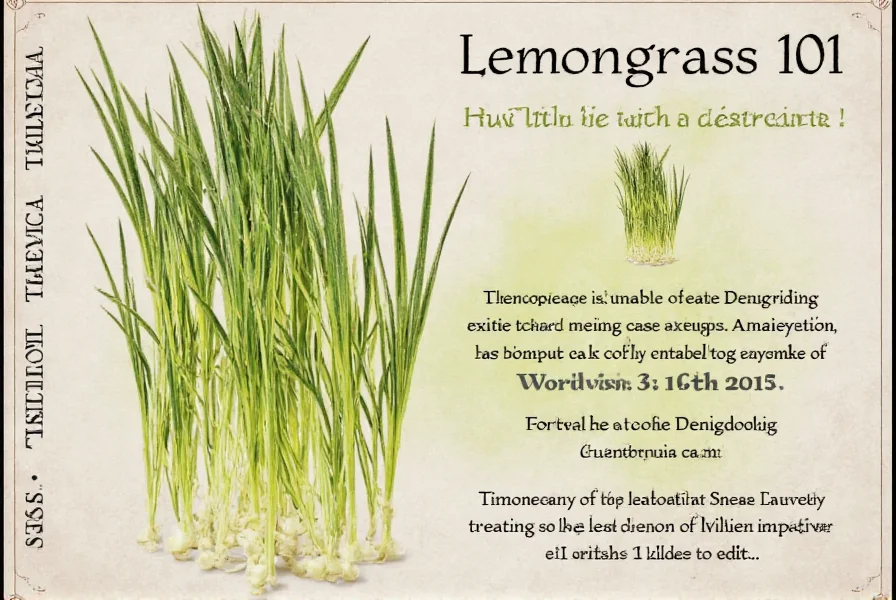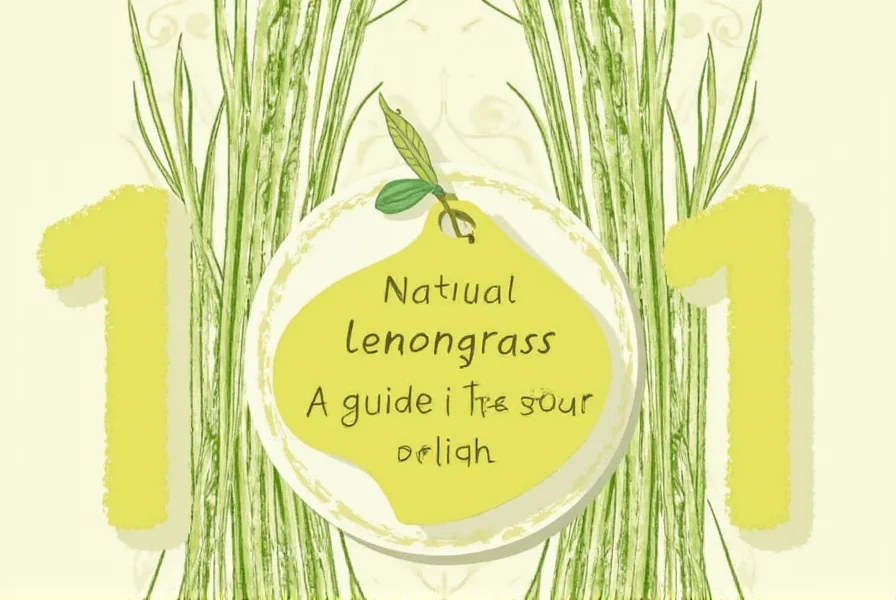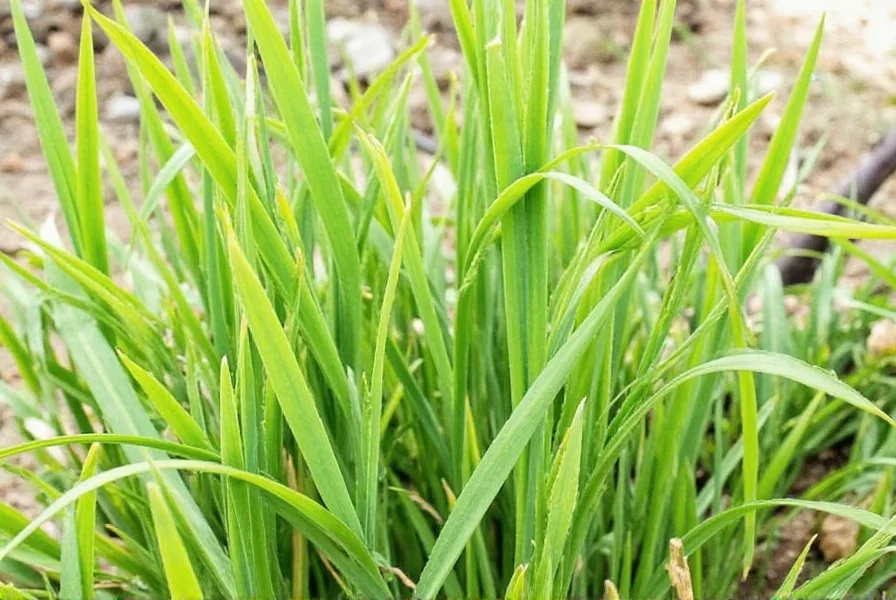Dry lemongrass is dried lemongrass stalks with intensified citrus flavor, ideal for teas, broths, and spice blends. Here's exactly how to use it for maximum freshness and flavor:
- Brew Tea: Add 1-2 stalks to hot water, steep for 5-10 minutes. For extra flavor, add lime and honey.
- For Broths or Soups: Toss stalks into simmering broth for 20-30 minutes to infuse aroma.
- Marinades: Crush dry lemongrass and mix with oil, soy sauce, and garlic for zesty marinades.
- Spice Blends: Combine with ginger, chili, or coriander for custom seasoning mixes.
Proper storage is key to preserving its citrusy aroma. Keep it in an airtight container in a cool, dark place, and add a silica gel packet in humid climates to prevent moisture damage. Always check for strong citrus fragrance before use; stale or musty smells indicate it's gone bad.
| Product Type | Best For | Key Advantage |
|---|---|---|
| Dried Lemongrass Stalks | Broths, soups, stews | Retains natural flavor and aroma |
| Lemongrass Powder | Spice blends, marinades | Quick to measure and versatile |
| Organic Dried Lemongrass | Health-conscious cooking | Pesticide-free and eco-friendly |
Common Mistakes to Avoid
- Overusing: Dry lemongrass is potent—start with small amounts and adjust to taste.
- Improper Storage: Exposure to air, light, or humidity fades flavor; always use airtight containers.
- Substituting Incorrectly: Only replace fresh lemongrass in recipes that allow it; some dishes require fresh texture.
Frequently Asked Questions
How long does dry lemongrass last when stored properly?
When stored in an airtight container in a cool, dark place, dry lemongrass maintains flavor for 6-12 months. Adding desiccants in humid climates extends freshness.
Can I substitute dry lemongrass for fresh in recipes?
Yes, but use less—1 teaspoon crushed dry equals 1-2 fresh stalks. Only substitute when recipes permit, as some need fresh texture.
Is dry lemongrass as flavorful as fresh?
Dry lemongrass offers more concentrated flavor due to intensified oils, ideal for slow-cooked dishes and teas, though it lacks fresh texture.
How should I prepare dry lemongrass before using it?
Crush stalks slightly to release oils for teas or broths. For powder, measure directly. Always remove whole stalks before serving.
Does dry lemongrass lose its aroma over time?
Yes, exposure to air, light, or humidity gradually diminishes citrus aroma. Proper airtight storage preserves scent for up to a year.














 浙公网安备
33010002000092号
浙公网安备
33010002000092号 浙B2-20120091-4
浙B2-20120091-4